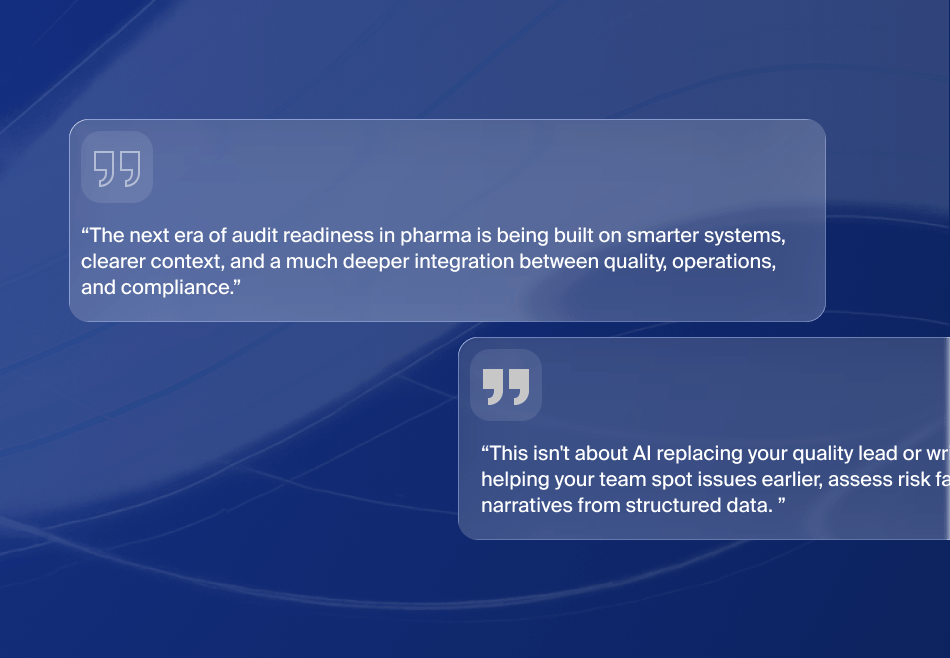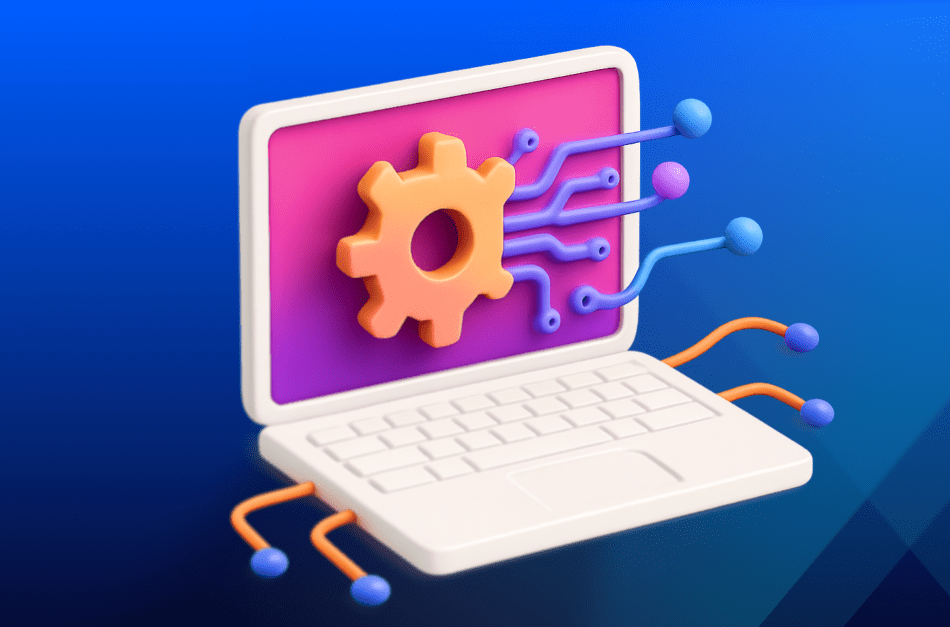Introduction
Using cellphones, tablet computers and other mobile devices in warehouses and on the factory floor gives executives another tool to improve manufacturing efficiency, especially in terms of inventory control. Mobile devices can:
- Adapt to changing requirements
- Track raw materials through the entire supply chain
- Update data streams on a near real-time basis
Mobile devices like cell phones, tablets and other specialized devices, are becoming as common in the pharmaceutical industry as they are in our daily lives. Under the supervision of today’s chief financial officers (CFOs) and chief technical officers (CTOs), employees can use these devices to improve manufacturing supply chain efficiency, especially when it comes to inventory control.
Current handheld devices, ‘can provide full functionality and access to a company’s business systems without any sort of limitations’
How do mobile devices help? By providing:
- Increased productivity and responsiveness to customer requests by adapting on the fly to changing needs.
- Regular Real-time data exchanges between workers and managers.
- Geographic flexibility allows raw materials like active pharmaceutical ingredients and finished products to be stored closer to areas experiencing increased demand while moving materials from areas with decreased requirements.
- Accurate location tracking on the road and inside a warehouse using smart devices’ built-in global positioning system (GPS) functions.
- Reduced overhead through accurate, real-time, inventory tracking using barcode scanners to track everything from individual batches to large containers.
- Reduced employee downtime.
- Simplified training through consistent use of similar handheld devices and software that work regardless of the location. Employees working in Sudan and Southern California share the same devices and software.
Connected Mobile Devices vs. IIoT in Manufacturing
Mobile devices allow workers and managers to gather massive quantities of data but they lack one major function the industrial internet of things (IIoT) has: the ability to physically react to the information the sensors gather.
While mobile apps gather data, they can’t physically react to it. An employee needs to interpret that data and then react with the new information in mind. However, the IoT creates a proactive supply chain rather than a reactive one’ | Triskele Logistics
If, for example, a warehouse worker notices a critical active pharmaceutical ingredient (API) is at critical stocking levels, the worker must let a manager know, who then places an order for the product. An IIoT-equipped mixer, for example, may track the API storage level and place a reorder before the quantity drops to a critical level. Unlike with a mobile phone, human intervention is not required.
Mobile devices working with IIoT enabled machines permit the best of both situations: workers can remotely monitor machines and respond quickly when a problem occurs.
Using WMS with Mobile Devices
Some warehouse management software (WMS) works on mobile devices like phones and tablets, not just desktop and laptop computers. These systems help pharmaceutical manufacturers logically and effectively keep track of everything from raw materials to finished products, including the state of a given production run (e.g., finished).
When using the mobile app version of a WMS, warehouse workers can:
- Print new barcodes and text labels and reprinting existing labels.
- Start production orders and issue reports when a production process is finished.
- Look up information on products stored elsewhere.
- Perform one task that triggers a second. One example from Microsoft Dynamics 365 Warehouse Management System is receiving a purchase order that automatically generates a put-away order.
- Perform a task triggered by a previous task, such as putting away the received materials listed on the purchase order.
- Change batch disposition codes.
- Transfer products from one location to another using the license plates.
- View work available to specific users (requires a tablet).
- Split work between two license plates when one is full.
- Pick and pack items from a sales order into a single shipment.
- Pick the oldest batches using configurable app software that can be set to Warn workers listing the oldest expiration dates or Force telling them there is an older batch to pick.
Using a Cell Phone or Tablet Camera
Warehouse workers need to input information into their mobile devices. Workers can painstakingly input product numbers into a keypad, risking problems when an error occurs, or they can scan barcode and QR codes.
Some firms prefer using dedicated handheld scanners. However, these devices may be restricted to proprietary WMS software that may offer limited functionality.
Cameras built into cellphones and tablets can be enabled for use as scanners. Users simply position the barcode within brackets on the screen and take a picture, automatically and accurately inputting the information into the portable device.
Improving Worker Efficiency With Barcodes and Scanners
A common scenario where mobile devices improve manufacturing efficiency is when a worker has a purchase order and receives several items with different quantities and warehouse locations. The worker scans the barcode. The mobile device, either cell phone or a tablet, tells them the quantity of each item and location where it goes, such as a warehouse section and bin number.
Depending on the WMS software configuration, the worker inputs the quantity and selects the measurement unit. They have the option of clicking ‘OK’ when everything matches up or clicking ‘Cancel’ when spotting a deviation.
Managers can also have the software configured to have workers confirm the required quantity is in the correct location. They have the option of confirming the purchase order or updating it to reflect a different quantity.
By the Numbers
Figure: 1Advantages of an Inventory Management System
The connected logistics market – an interdependent set of communication devices and the internet of things (IoT) permitting the sharing of data, information and facts with supply chain partners – was expected to grow by a factor of four from 2016 to 2021.
$10.04 billion – the connected logistics market in 2016.
$41.33 billion – the forecast connected logistics market in 2021.
32.7% the connected logistics market Compound Annual Growth Rate from 2016 – 2021.
Challenges to Using Mobile Devices
Off-the-shelf mobile devices used for supply chain management offer a host of potential benefits. They also come with some challenges. The main risks associated with them are:
- Different designs: Cellphones are not designed with supply chain management (SCM) uses in mind.
- Data Security: Data sent over the air using a wi-fi or Bluetooth connection is not as secure as when the data flow is done through a wired connection.
- Durability: The majority of modern cell phones and tablets are not designed for the rugged, dangerous conditions of many factory floors.
- Interoperability: Some smart devices may not be compatible with the company’s preferred WMS.
- Obsolescence: Computer technology is constantly evolving. Today’s fastest device is tomorrow’s paperweight.
- Cost: CFOs must budget for new devices and replacements for those damaged or destroyed in the course of business.
Summary
Cellphones and tablets are becoming increasingly popular tools alongside WMS on factory floors and in warehouses, offering businesses numerous benefits as the technology continues to mature. When combined with mobile versions of warehouse management software, these products:
- Let workers stay on task and on target in terms of inventory control.
- Provide workers guidance on picking the oldest items first.
- Give managers an additional tool to improve manufacturing efficiency.
Take a step forward into digitizing your manufacturing inventory. Start your trial.









